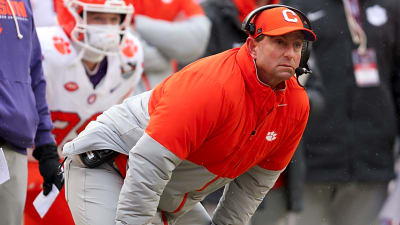x
Picking the best Final Fantasy XIV class to start with seems like a daunting task, but despite having to make a choice as soon as you start the game, it's not as big of a deal as it seems. FFXIV makes finding your ideal class and settling into it comparatively straightforward, though, so you’re not locked into a bad choice for hours of battles and dungeon exploring. However, some classes are easier to learn than others and have more to offer, especially if you're playing by yourself. We break down what the best FFXIV starting class is and how to go about changing it below. Some longtime FFXIV players might tell you that your starting class doesn’t matter, but that’s only partially correct. It’s true that, after A Realm Reborn, you get access to new classes whose only prerequisites are based on your character’s level, and not a previous job. However, unless you’re buying level skips and burning through expansions, you still have to contend with leveling. Some instanced battles outside of dungeons also require
More must-reads:
- Red Wings' young defensive duo may help team end playoff drought
- Five worst Week 17 NFL performances: Panthers, Bucs have major concerns heading into massive finale showdown
- The 'NBA Christmas Day triple-doubles' quiz
Breaking News
Trending News
Customize Your Newsletter
 +
+
Get the latest news and rumors, customized to your favorite sports and teams. Emailed daily. Always free!








